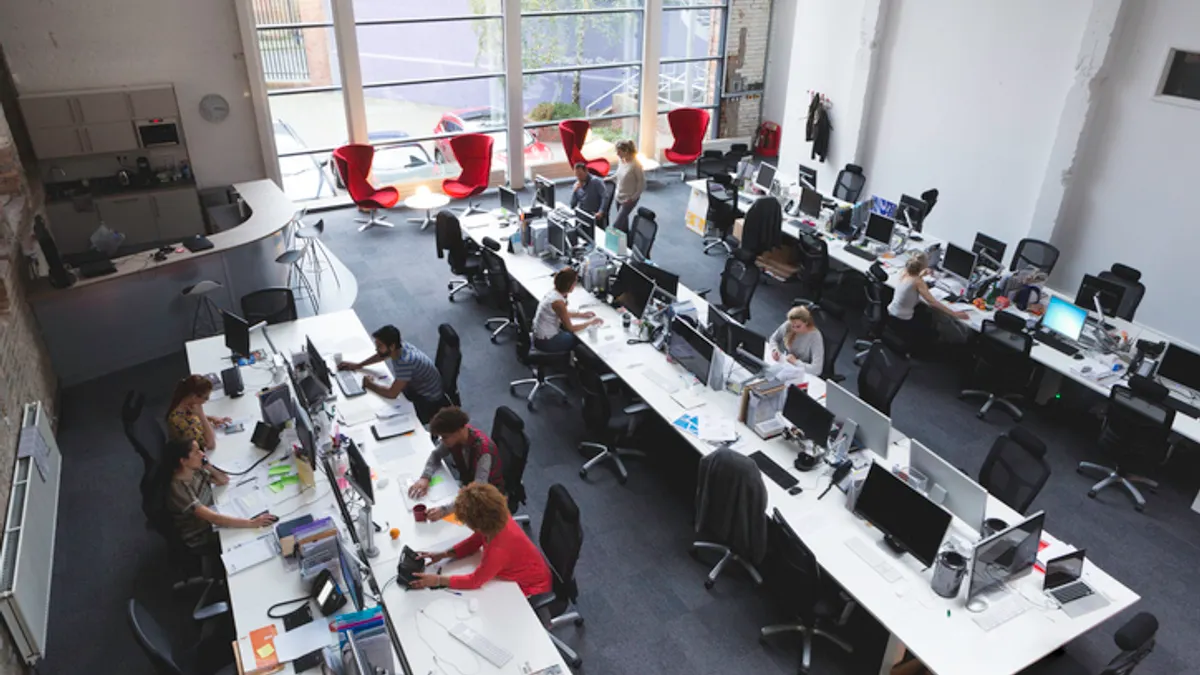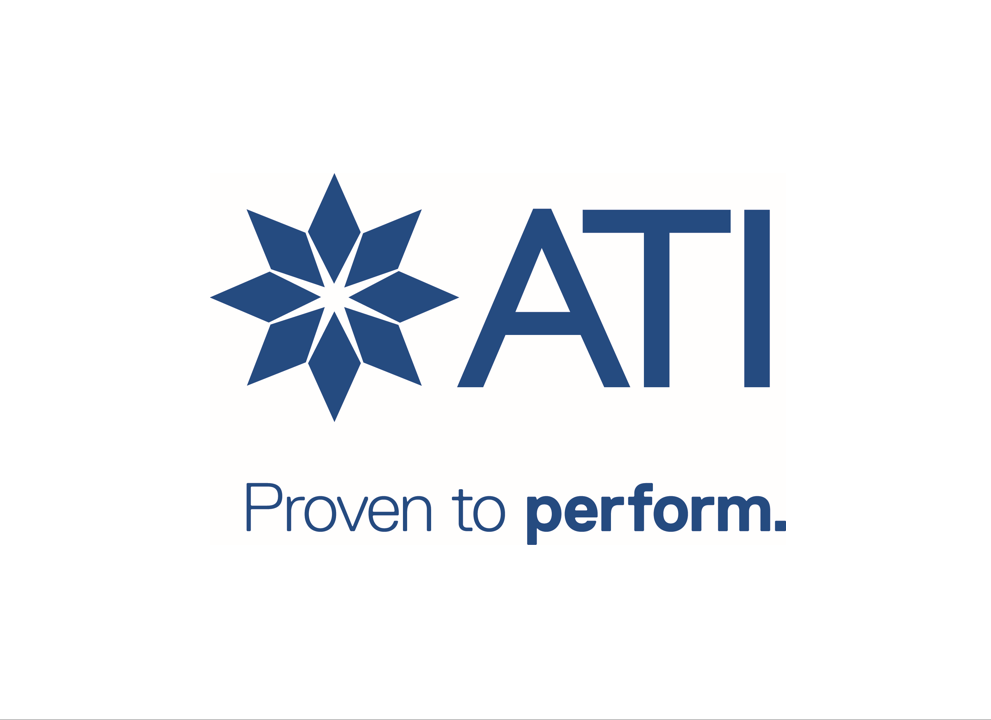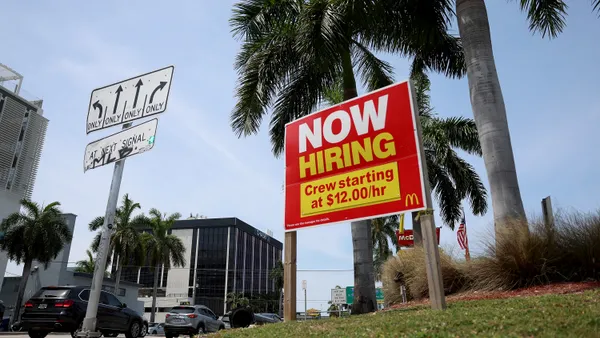Dive Brief:
- While many bosses doubled down on their return-to-office mandates earlier this year, employers also appear poised to shrink the individual office workspace they allot to employees who do show up, according to a recent survey from JLL, a global commercial real estate and investment management company.
- Companies are aiming to tighten the so-called density metric, or space allotted per person, to an average of 132 square feet per person from 165 square feet per person and to increase the seat-sharing ratios to 1.3 person per seat currently to 1.1 people, according to JLL’s “Global Occupancy Planning Benchmark Report 2025.” Companies can cut more costs with 100% “agile seating” or completely unassigned seats, the report states.
- “Most organizations (78%) report having defined standards for space functions to guide workplace planning, actively working toward smaller, more standardized sizes for office and workstations,” the report states.
Dive Insight:
Employers — along with their finance executives, real estate and human resource departments — have been faced with many new challenges around work policies and how to budget for and find the right office setup since the pandemic accelerated the popularity of remote and hybrid work more than five years ago.
Where and how people work has been transformed by technology and a shift in cultural norms. The global office utilization rate — which measures the percent of time that individual office seats are occupied during the workday — inched up to 54% this year to date, above the year earlier’s 49%, but still below the pre-pandemic 2019 level of 61%, according to the report.
Companies are still seeking to adjust their workspaces to align with the range of work options, according to the JLL report, which was based on a survey of 99 organizations that collectively hold global portfolios of more than 745 million square feet of commercial real estate. While 18% of workers are currently fully remote and 15% are in the office five days a week, the majority (67%) are hybrid and in the office from one to four days a week.
In order to accommodate that fluid environment and keep costs down, many companies are shifting toward space sharing. Nearly one fifth (17%) of the respondents said they were decreasing space dedicated to enclosed offices with only 3% increasing them, while 13% said they were trimming back dedicated open workspaces compared to 3% who are adding them.
At the same time, the standard size of offices and open workstation spaces appear poised to shrink. Some 65% of companies said they are targeting average enclosed offices that are 125 square feet or less, which is smaller than 58% of the company’s current typical offices. Meanwhile, 78% of companies are aiming to offer workstations that are under 50 square feet in size even though 32% of the respondents’ average current work stations are bigger.
Many companies are also jettisoning receptionists and waiting areas, file and storage space and copy and print rooms. What they have added to the space are some places to do focused work and have some privacy. These include phone rooms, storage lockers and small huddle rooms.
“While maximizing space utilization remains a priority…organizations are recognizing the dual role of the office in hybrid environments — both as a collaboration hub and as a space for the focused work that remains essential for most employees,” the report states.













